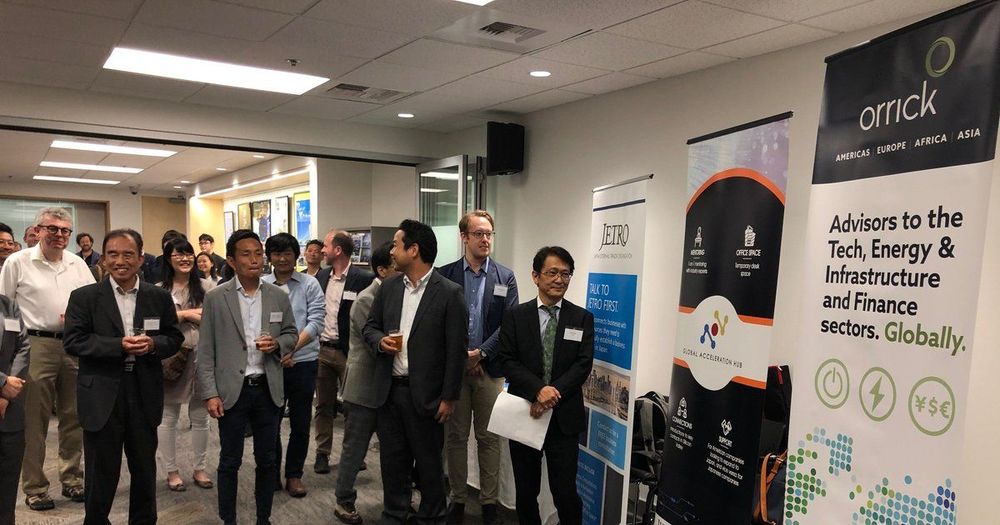Today, I was co-host of an online cryptocurrency symposium—taking questions from hundreds of visitors. A common question goes something like this:
Can Bitcoin be used in person—or
is it just for internet commerce?
Our panel had a moderator, and also an off-screen video director. As I cleared my throat in preparation to offer a response, a voice in my ear reminded me that it was not my turn. The director explained that another panelist would reply. It was a highly regarded analyst and educator in Australia. Realizing that that she was calling the shots, I deferred.
I was shocked as I listened to a far off colleague suggest that Bitcoin is not useful for in-person payments. I wonder how he explains this to the grocers, tailors, lawyers, theme parks and thousands of retailers who save millions of dollars each year by accepting bitcoin—all without risk of volatility and even if they demand to instantly convert sales revenue into Fiat currency.*
“Of course it can be used in person, Numb-nut!” (I kept the thought to myself. I know better than to criticize another speaker).









